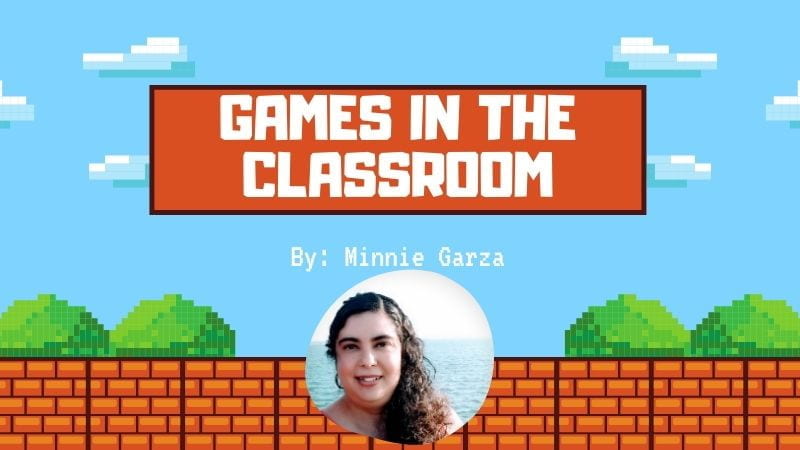References
- An, Y. (2018). The effects of an online professional development course on teachers’ perceptions, attitudes, self-efficacy, and behavioral intentions regarding digital game-based learning. Educational Technology Research & Development, 66(6), 1505–1527. https://doi.org/10.1007/s11423-018-9620-z
- An, Y. J., & Cao, L. (2017). The effects of game design experience on teachers’ attitudes and perceptions regarding the use of digital games in the classroom. TechTrends: Linking Research & Practice to Improve Learning, 61(2), 162–170. https://doi.org/10.1007/s11528-016-0122-8
- Brunvand, S., & Hill, D. (2019). Gamifying your teaching: Guidelines for integrating gameful learning in the classroom. College Teaching, 67(1), 58–69. https://doi.org/10.1080/87567555.2018.1518893
- Çeker, E., & Özdamlı, F. (2017). What “gamification” is and what it’s not. European Journal of Contemporary Education, 6(2), 221–228. https://doi.org/10.13187/ejced.2017.2.221
- Chi-Jen, Gwo-Jen Hwang, Qing-Ke Fu, & Jing-Fang. (2018). A flipped contextual game-based learning approach to enhancing EFL students’ english business writing performance and reflective behaviors. Journal of Educational Technology & Society, 21(3), 117–131.
- Furdu, I., Tomozei, C., & Köse, U. (2017). Pros and cons gamification and gaming in classroom. BRAIN: Broad Research in Artificial Intelligence & Neuroscience, 8(2), 56–62.
- Groff, J. S. (2018). The potentials of game‐based environments for integrated, immersive learning data. European Journal of Education, 53(2), 188–201. https://doi.org/10.1111/ejed.12270
- Gaudelli, W., & Talyor, A. (2011). Modding the global classroom? Serious video games and teacher reflection. Contemporary Issues in Technology and Teacher Education, 11(1), 70–91.
- Jong, M. S. Y. (2015). Does online game-based learning work in formal education at school? A case study of VISOLE. Curriculum Journal, 26(2), 249–267. https://doi.org/10.1080/09585176.2015.1018915
- Lau, M. N., Kamarudin, Y., Zakaria, N. N., Sivarajan, S., Mohd Tahir, N. Z., Bahar, A. D., Naimie, Z., Othman, S. A., & Wan Hassan, W. N. (2021). Comparing flipped classroom and conventional live demonstration for teaching orthodontic wire-bending skill. PLoS ONE, 15(7), 1–12. https://doi.org/10.1371/journal.pone.0254478
- Sardone, N. B., & Devlin-Scherer, R. (2016). Let the (board) games begin: Creative ways to enhance teaching and learning. Clearing House, 89(6), 215–222. https://doi.org/10.1080/00098655.2016.1214473
- Stieler, H. C., & Jones, C. (2019). A professional development model to facilitate teacher adoption of interactive, immersive digital games for classroom learning. British Journal of Educational Technology, 50(1), 264–279. https://doi.org/10.1111/bjet.12679
- Uz, B. C., & Gul, A. (2020). Investigating the effectiveness of gamification on group cohesion, attitude, and academic achievement in collaborative learning environments. TechTrends, 64(1), 124–136. https://doi.org/10.1007/s11528-019-00442-x
- Veldkamp, A., Daemen, J., Teekens, S., Koelewijn, S., Knippels, M. P. J., & Joolingen, W. R. (2020). Escape boxes: Bringing escape room experience into the classroom. British Journal of Educational Technology, 51(4), 1220–1239. https://doi.org/10.1111/bjet.12935
- Youhasan, P., & Raheem, S. (2019). Technology enabled formative assessment in medical education: A pilot study through Kahoot. Education in Medicine Journal, 11(3), 23–29. https://doi.org/10.21315/eimj2019.11.3.3
1 2



[…] Intro & Summary Challenges Benefits Implementation Minerva Garza […]
[…] Vew References […]